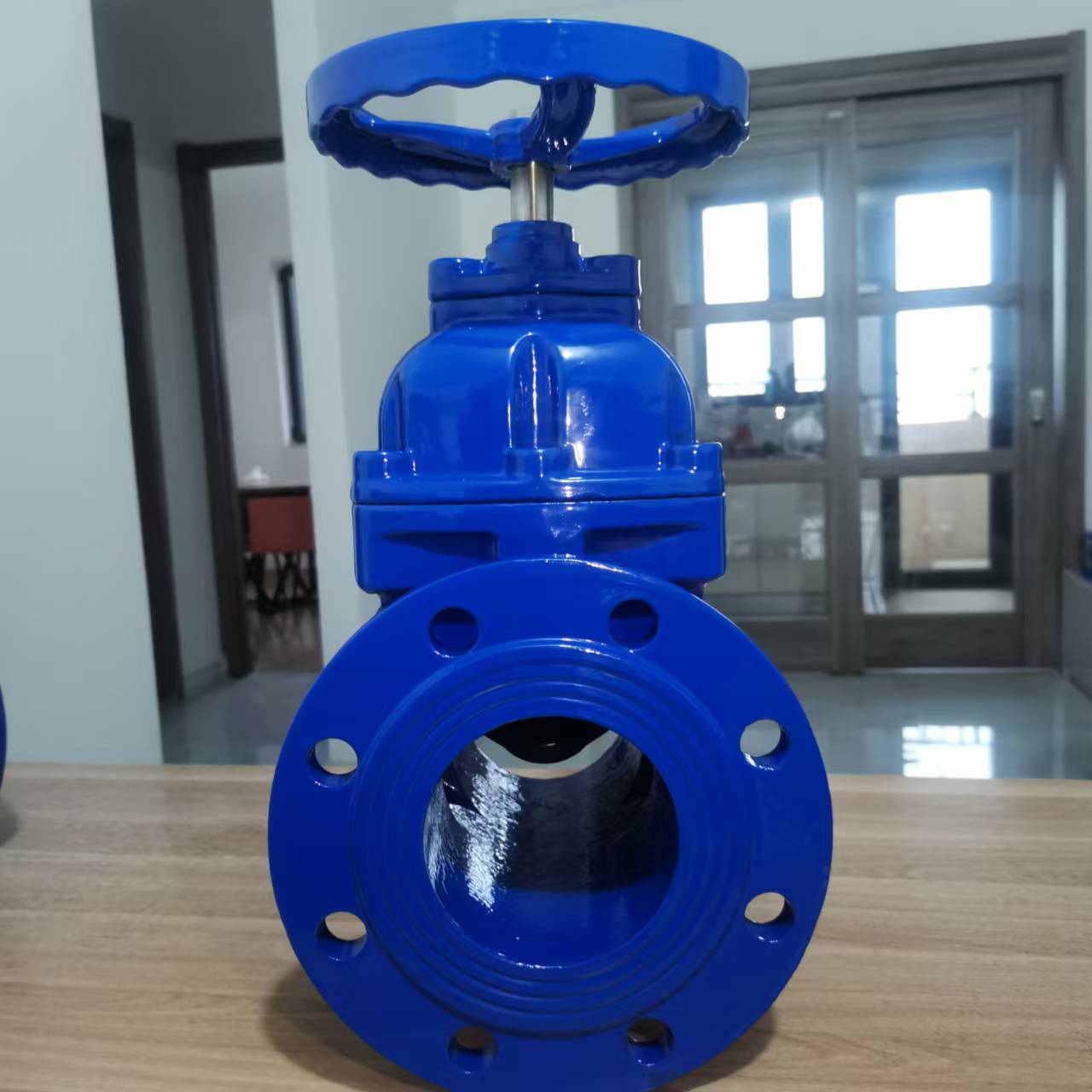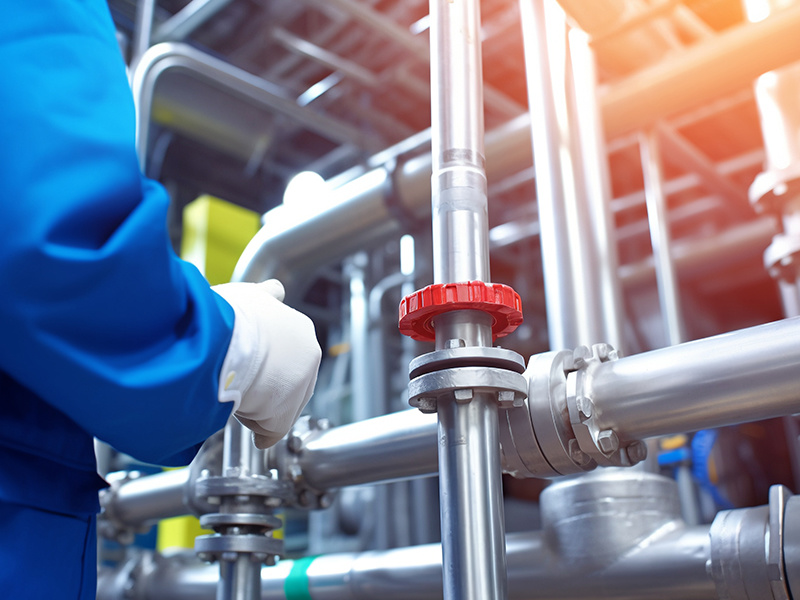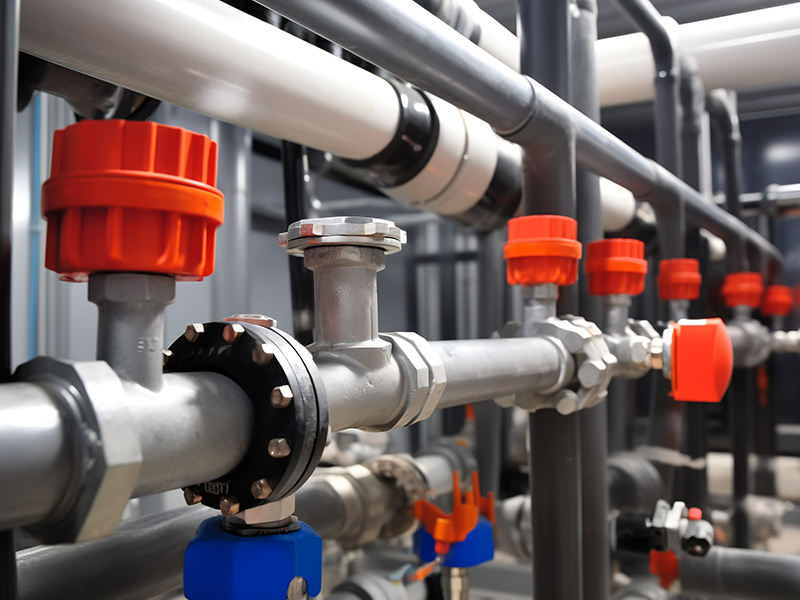What are the key points of zero leakage for soft sealed gate valves
Release Time:
Aug 13,2025

Key reasons:
The application of elastic sealing materials - key to micro filling:
Core material: The valve seat sealing surface (sometimes also used for gate plates) is made of high elasticity and high resilience soft materials such as rubber (EPDM, NBR, Viton, etc.) or polytetrafluoroethylene.
Microscopic filling: When the valve is closed and the gate is pressed against the valve seat, these soft materials undergo significant elastic deformation under pressure. This deformation can completely fill all micro defects (machining knife marks, small scratches, unevenness, deformation, etc.) on the contact surface between the gate and the valve seat, forming a continuous, gapless sealing strip. This is difficult to achieve with a hard seal (metal/metal) because even the most precise metal surface has peaks and valleys at the microscopic level, making it impossible to perfectly adhere.
Optimized sealing structure design - efficient pressurization and compensation:
Lip seal: the most common and efficient design. The valve seat is designed as one or more flexible 'lips'. When the gate is closed, first contact the lip and press it inward to deform. As the closing force increases, the lip is strongly pressed against the sealing chamber wall formed by the gate and valve seat, generating a high local sealing pressure (unit area pressure) on the contact line, which is sufficient to prevent any fluid from passing through.
Floating valve seat and elastic element: Soft sealed valve seats are usually embedded in a seat ring that can float slightly, and elastic elements (such as O-rings or elastic packing) are installed behind the ring. This provides:
Automatic compensation: It can automatically compensate for manufacturing tolerances, assembly errors, slight valve stem deformations, and trace wear during use.
Pressure assisted sealing: When the pressure of the pipeline medium acts on the closed valve, the medium pressure will push the valve seat ring more tightly against the gate (especially on the upstream side), known as "pressure assisted sealing" or "self sealing effect", further enhancing the sealing effect.
Thermal expansion compensation: able to adapt to a certain degree of thermal expansion and contraction, avoiding sealing failure caused by temperature changes.
High sealing pressure can be achieved under low pressure: Soft materials can generate sufficient elastic deformation under relatively small closing torque, forming extremely high contact pressure. Hard sealing requires a significant closing torque to achieve a similar sealing effect (and usually does not reach level VI).
Meet the strictest leakage standards:
API 598 Level VI Sealing: This is the highest level of industrial valve leakage testing, specifically designed for low-pressure sealing testing of soft sealed valves (usually using air or nitrogen). Level VI requires zero or minimal leakage (the allowed number of bubbles per minute is in single digits). The soft sealing structure, with its excellent elasticity and sealing design, can easily and stably reach this level.
Excellent performance in bubble testing: In low-pressure gas "bubble testing", soft sealing can effectively prevent gas molecules from passing through its dense and continuous elastic sealing interface, achieving visible "zero bubble" leakage.
Compared to the limitations of hard seal gate valves:
Microscopic leakage is inevitable: Metal/metal contacts always have gaps and channels at the microscopic level, and even after precision grinding (Lapping), it is difficult to achieve absolute sealing, especially for low viscosity media such as gases.
The requirements for surface smoothness and accuracy are extremely high: achieving low leakage (such as V-grade) requires extremely high machining and fitting accuracy, which is costly.
Hot deformation and wear have a significant impact: temperature changes can easily cause changes in the fit clearance, and wear can directly increase the leakage rate.
The requirement for closing torque is high: a very large operating force is needed to generate the necessary metal plastic deformation or contact pressure.
sale@cnbestvalve.com WhatsApp: +8613333075295





